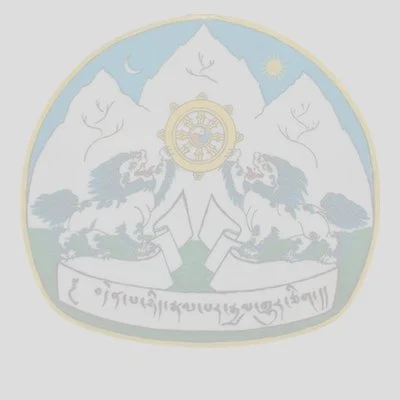
Introduction:
The first land settlement was started at Dorpatan by the International Committee for the Red Cross in 1961. The people in this place are mainly depending on agricultural. However because of the isolated nature of the areas poses an obstacle to the proper development of any economic activities. Though there is plenty of water, insects destroy the crops and hence only potato grew well at the place. In order to improve the income of people they rear the cattle also like horse, bullock. It has a school and a dispensary in the settlement.
Settlement Location:
This settlement is situated at a very remote area- 9 days journey on horse back from the west of Pokhara. There being no other form of communication to it. The horses are being used for transportation of daily necessities.
Settlement Areas:
It is estimated that the settlement has a total of 500 ropanis or (38 acres) of land, for both housing and cultivation.
Settlement Population
| Initial population | 400 |
|---|---|
| Present Population | 167 |
When the settlement was first established there is total Population of 400 people. But at present there are only 167 people. Many of them have to migrate to other urban areas of Nepal and few lefts to India to fetch for better life and better income.
| No of Villages | The settlement of consist of only village with 182 families. |
|---|---|
| Settler’s Livelihood | The main sources of livelihood for the settlers are carpet weaving and small business. |
Facilities in the settlement
| School | One day school upto class VII One Nursery & Creche One boarding facilities for the student. |
|---|---|
| Health facilities | One modern allopathic dispensary and One traditional Tibetan medical center branch. |
| Monastery | Shang Gaden Choekhorling, Kagyue Monastery. |
| Age care | one age care center with 37 elders. |
Settlement Facilities:
To help the settlers financially a co-operative society was set up by the settlers’themselves in the settlement. A sum of Rs.13,000 was collected from the settlers’ wages for this purpose, but due to the low working capital, the income from the co-operative society is negligible. The settlement has small dispensary, the setters were given free medical treatment there. And for the education of the settler’s children a small nursery and pre-primary school was open in the settlement.
Administrative setup
The overall management of the settlement, and welfare of the settler is look after by the settlement officers. This settlement officer is appointed by the Central Tibetan Administration at Dharamsala. He acts the laison between the settler and Department of Home Department is one of the major Department of Central Tibetan Administrations. The general development of all the settlement falls under the Department of Home. There is also one camp leader in the settlement who is elected by the settler’s themselves.
Group Leaders:
The functioning or activities of every settlement are more or less similarly to each other. The settlement peoples elected their group leaders whose job is to act as an intermediary with relevant authorities, pass on information, settle disputes and collect money. Group leaders are not elected for their policy-making idea, nor do they campaign on certain issue. These group leaders are chosen on the basis of their strength of personality and once ability to stand before the interest of their village. The duty of the leader is more or less like the representative, but on smaller and more personal scale.
Traveling Mode
The traveling is the major problem for the settlers and visitors at the settlement. Being located at the very remote part of the Nepal no roads were connected to the settlement and it is 9 days horse back traveling distance from the nearest town of Pokhra, Nepal.
Contact Address:
Representative
Norzinling Tibetan Refugee Settlement
P.O. Dorpatan
District Baglung
Dhaulagiri Anchal
Nepal
